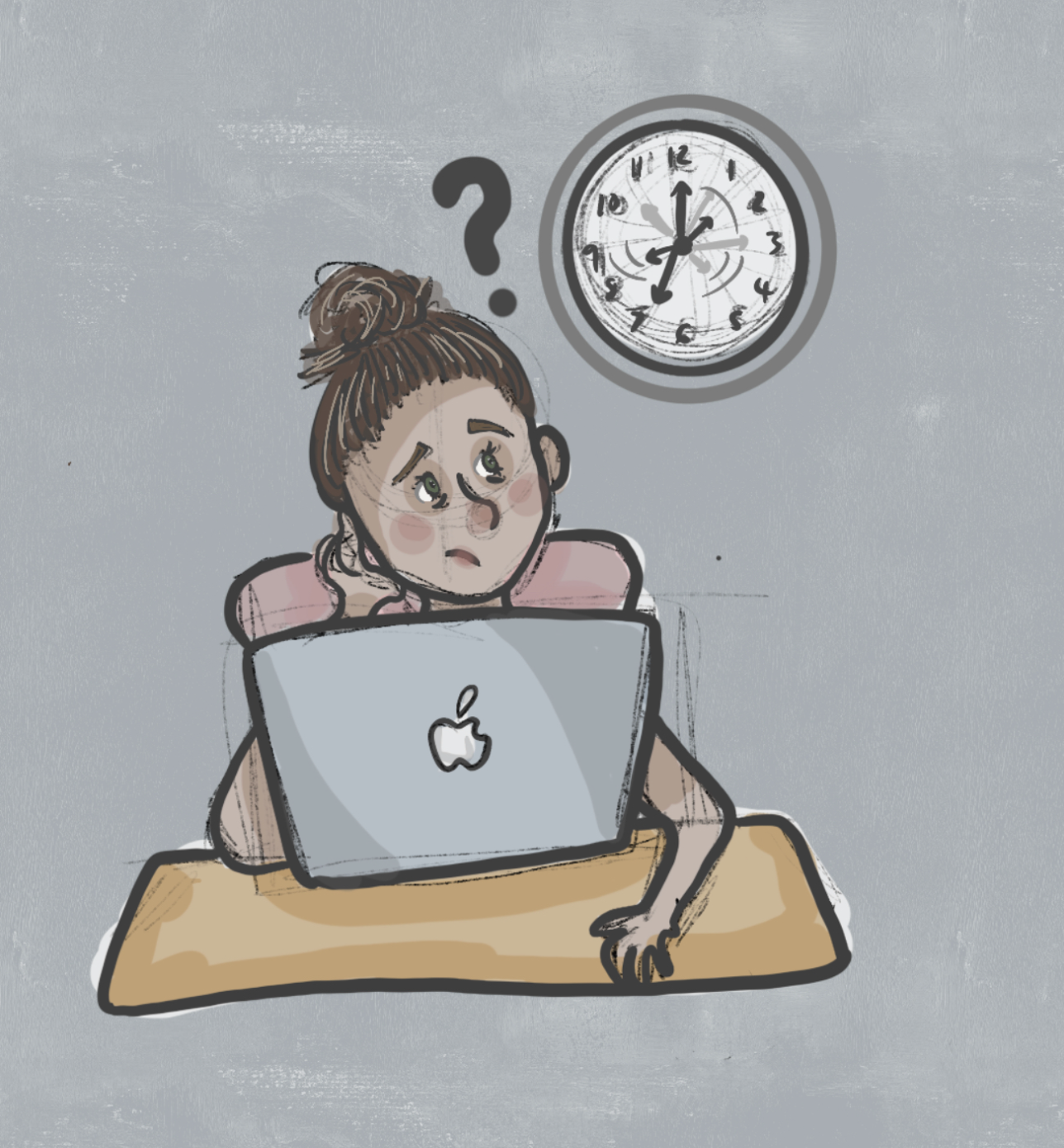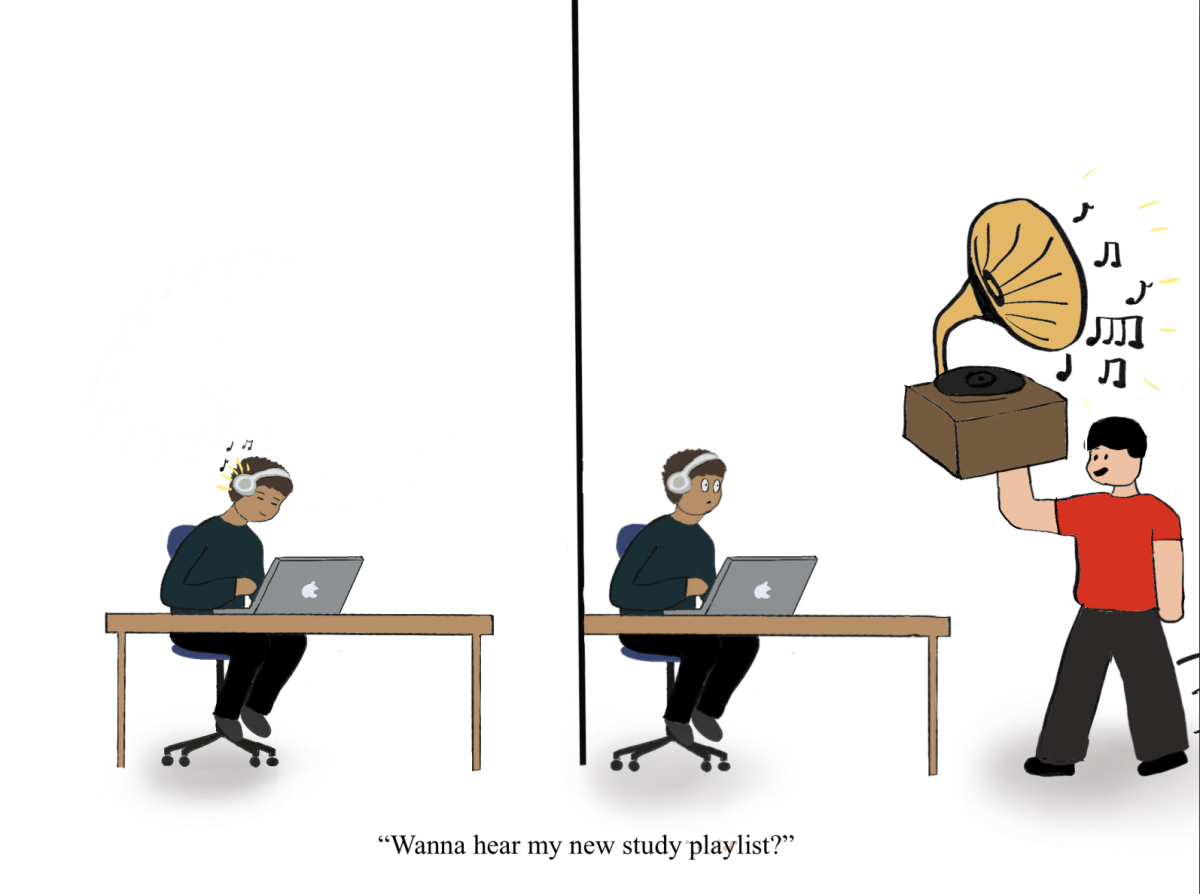In a highly competitive and polarizing academic environment, college admissions, and rejections, act as both a space for celebration and emotional baggage for high school seniors. The ambiguity that defines the college admissions project is only further reflected through the infamous waitlist. The waitlist sits as a middle ground between an acceptance and a rejection.
While students placed on the waitlist are not offered an immediate or guaranteed spot, the university is offering a student the potential chance of admission based on enrollment and yield statistics of admitted students. For many students, the waitlist may feel like a second chance, a slice of optimism amidst the often overwhelming admissions process, but, what are the chances that a student will actually get off the waitlist?
The answer is complicated. The University of Michigan at Ann Arbor, for example, received 105,000 applications in the 2024 admissions cycle according to Wood 8, a local news station based in Michigan. 82 students from MHS alone applied to the University of Michigan. While the remainder of admission statistics are yet to be released for the 2024 application cycle, Michigan’s class of 2027 includes around 7,500 students of the 94,000 individuals who applied and 15,000 who were accepted to the school. In 2023, though, 21,000 students were given a spot on the waitlist. Out of the 21,000, around 13,000 accepted their spot on the waitlist. Of these 13,000 a mere 68 individuals were given admission to the university, meaning the acceptance rate of the University of Michigan off the waitlist is a mere 0.52% (IVY Coach).
The general consensus amongst Globe staff was that waitlists are needed but not to be overused. Reporter Siena Ferguson (’26) expresses that waitlists are both “good and bad…they give students hope” but also perpetuate a cycle of false optimism, forcing students to “cling onto lost hope.” Moreover, the waitlist may leave students feeling preoccupied, preventing them from truly immersing themselves in the school they are set to attend.
While the majority of waitlist notifications are returned by the end of June, students can get off the waitlist as late as August. This means that many students have committed to a university, found a roommate, and attended orientation at a school they may no longer attend. Even when students do get into a school they were initially waitlisted from, confusion persists as students debate if they should restart the process with a new school.
Still, if a school is truly the right fit for an individual, wait out the waitlist and see what happens. Rebacca Shapiro (’26) spoke to her sister’s experience a few years ago: “she was waitlisted from Emory University and set to attend Colgate University. She heard back from Emory in June and decided to make the switch. She’s really happy at Emory, we don’t know if it would have been the same at Colgate.” That’s the issue. You don’t know.
‘Rejection is Redirection.’ What does this mean for waitlisted students? Making your college choice comes down to a gut feeling at the end of the process as a student considers which school will make them happier, more comfortable, and more successful.








